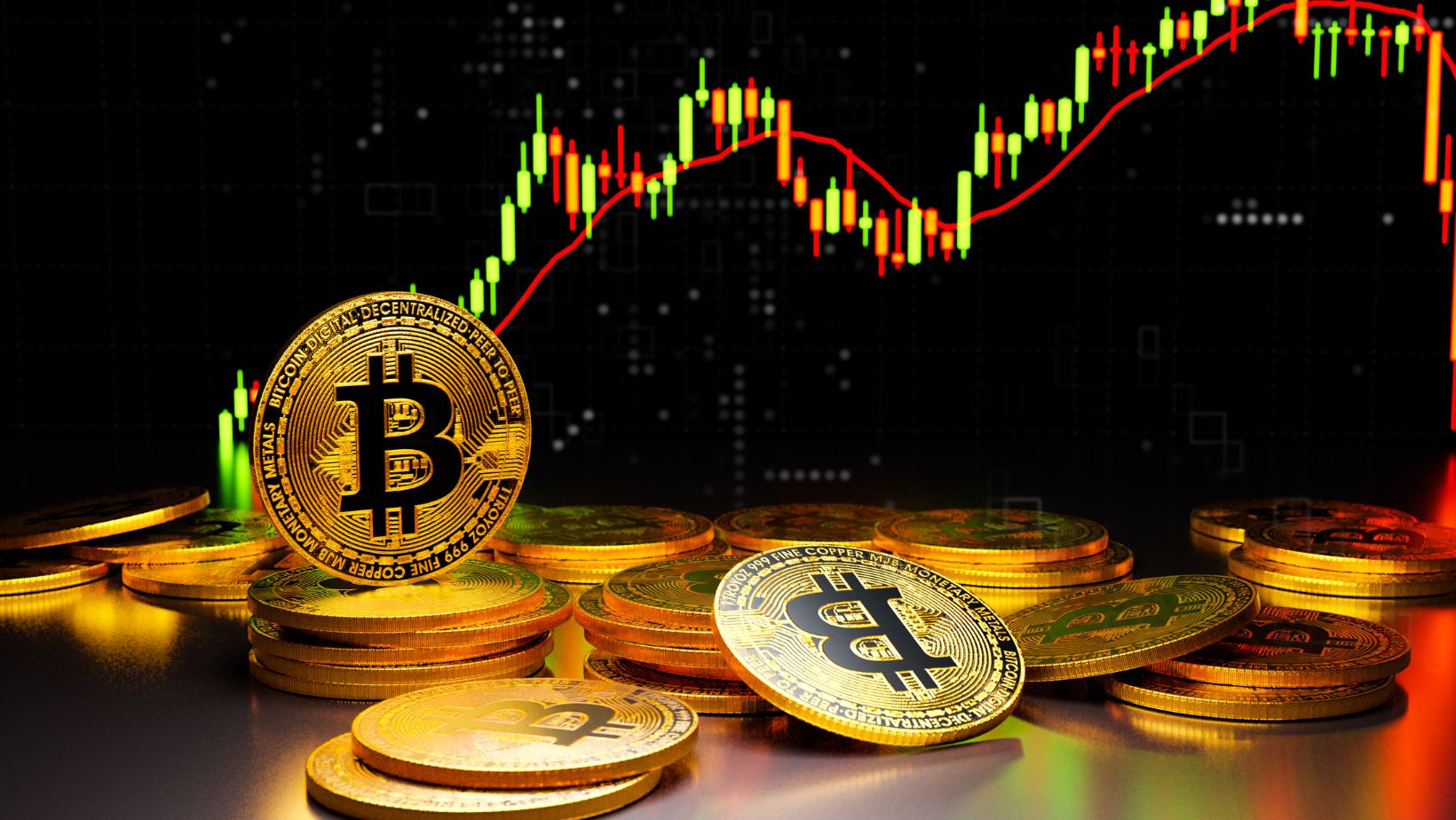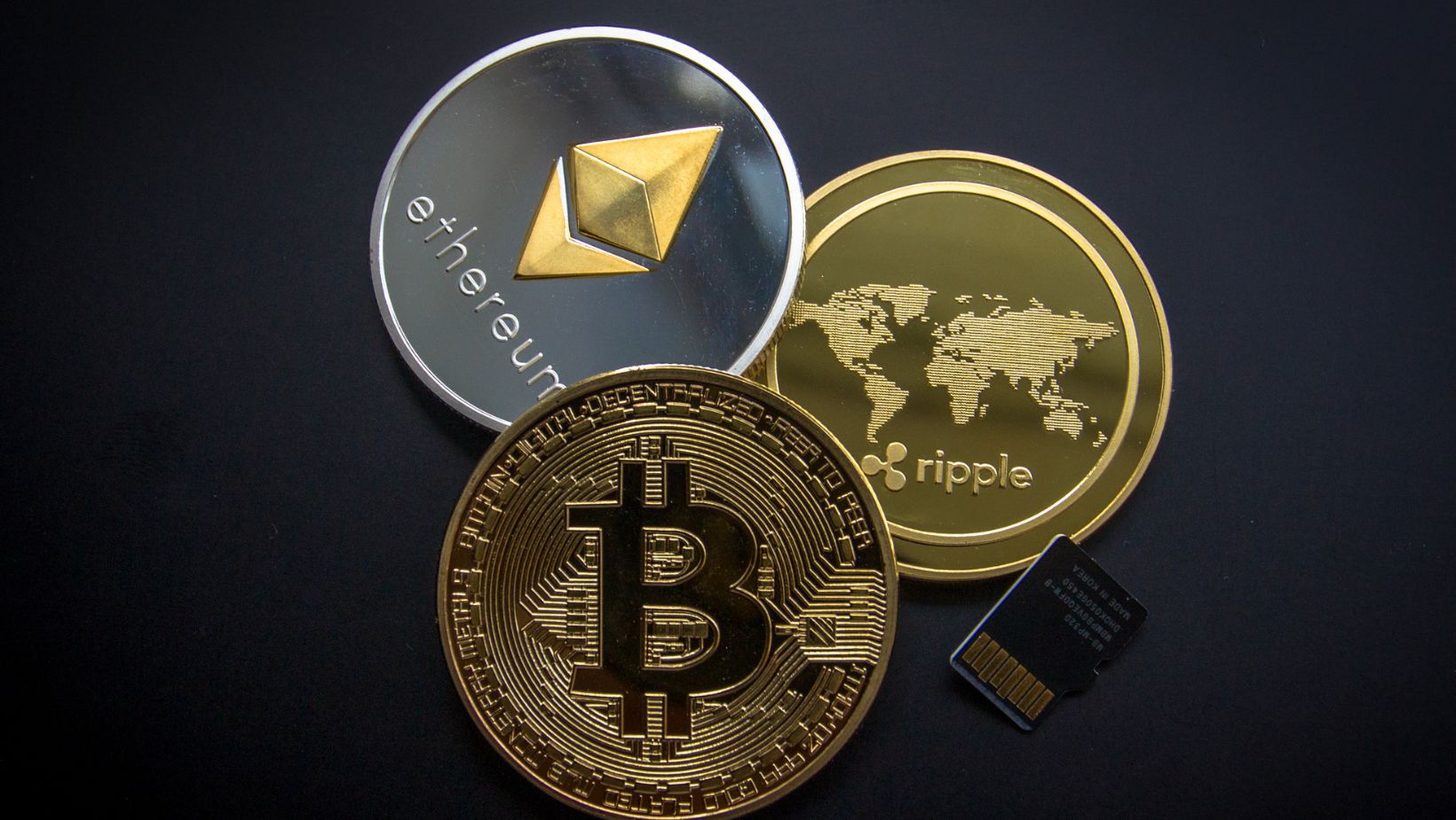MIDiA Research predicts the global games market will reach $236.9 billion in 2025, with a growth rate of 4.6% year-over-year. Even more intriguing, By the end of 2024, blockchain gaming reached 7.4 million daily Unique Active Wallets (dUAW), marking a 421% increase from the previous year, according to DappRadar’s Blockchain Gaming Yearly Report.
These statistics hint at a growing connection between virtual assets and traditional game experiences. The shift involves more than just buying extra skins; it reflects a bigger movement toward decentralized tools, scarce in-game collectibles, and player-driven economies. It might sound futuristic, but it’s happening right now in everything from mobile titles to eSports tournaments.
From iGaming to Mobile and Console
Gaming is no longer limited to a single device. We have platforms for iGaming, where real-money wagers and digital assets connect; handheld devices, which have brought games to millions of pockets; and classic consoles that keep players invested with downloadable content and season passes.
In the iGaming space, blockchain-based tokens make it possible to complete transactions quickly, often with fewer fees than conventional payment methods. The same principle applies to mobile gaming: microtransactions and in-app purchases become simpler when powered by user-managed wallets. Console gaming also benefits from crypto-backed systems, especially for transferring in-game valuables or building player-owned item markets.
These improvements have found their way into wagering sites, too. A good example is how crypto may benefit a ripple casino, which refers to a gambling platform that accepts XRP as a way to deposit, place bets, and cash out. Those who enjoy this type of activity gain fast transfers, plus the chance to manage their bankroll with fewer extra costs. That same speed and security also applies to buying or trading in-game content.
Crypto’s Growing Role in Gaming Economies
At its core, crypto’s appeal in gaming economies comes from direct player ownership and the capacity to turn in-game progress into real-world value. In older gaming models, you might spend hours collecting rare items, but your stash had little use outside that single title. Crypto-friendly platforms allow players to mint those items on a public ledger. This means they can sell them in open marketplaces, trade them with others, or retain them indefinitely without losing ownership because of a server shutdown.

Developers aren’t left out, either. Earning a small percentage every time an item changes hands can be a strong incentive, especially if thousands of trades occur each day. At the same time, the ability to run unique events or release special collectibles as minted tokens creates fresh revenue streams. Some studios are already experimenting with tokens for early access or exclusive perks. This approach benefits from people’s willingness to pay for something truly limited.
Boosting the Player Experience with Digital Wallets
In the past, if you wanted to spend money on a game, you often relied on a credit card or a service tied to a personal bank account. Payment times could be lengthy, and certain transactions came loaded with processing fees. With a crypto wallet, those headaches are reduced. Players can move funds quickly and maintain ownership of their assets without waiting for a middleman’s approval.
Micropayments also take on a fresh meaning. If a game developer wants to reward players with tiny amounts of crypto for completing missions, the cost of sending those transactions is far lower than many traditional banking methods. This could encourage studios to create deeper and more rewarding gameplay loops, since they can afford to distribute token-based prizes more frequently. For mobile gamers who enjoy quick sessions, that sense of being rewarded after every round can keep them engaged over the long haul.
NFTs: More Than Just Collectible Pictures
Some people see non-fungible tokens (NFTs) as nothing more than images sitting on a blockchain. But in gaming, NFTs can do a lot more. By attaching NFT functionality to items, characters, or achievements, titles can create a sense of scarcity and real-world value around virtual goods. For instance, a sword in a role-playing game that’s minted on a public chain can be sold on external marketplaces at any point. Owners avoid feeling tied down to a single ecosystem where items typically lose all value once the developer stops supporting the title.
Studio collaborations further expand these possibilities. Imagine a world in which an NFT-based character from one game can carry certain bonuses into another. While still at an early stage, these cross-game perks may become a common feature. Players could hop between various worlds without discarding everything they earned, which may encourage them to stick with a developer’s entire portfolio of releases.
The Social Aspect of Blockchain Gaming
Gaming often thrives on social interaction. Cooperative raids, competitive matchmaking, or creative world-building can keep people connected for years. When you bring blockchain mechanics into these spaces, it can foster new community structures. Guilds or clans could pool crypto funds to purchase shared assets, with each member receiving a piece of the earnings. Tournaments might hand out rare tokens that confer bragging rights, such as a limited-edition trophy NFT.

Some groups are already forming around decentralized autonomous organizations (DAOs), where governance is shared among token holders. This merges group decisions with game development, letting the most invested fans vote on certain design features or expansions. It’s a level of engagement that can help players feel they’re contributing to a title’s long-term direction, rather than simply being observers.
Rewards Programs and New Income Streams
In many free-to-play games, users can earn small rewards by logging in daily or completing tasks. Crypto-based rewards take that a step further, letting players accumulate tokens over time, which can later be converted or spent in other ways. It’s a bigger incentive than basic in-game points, since tokens aren’t locked to one platform. Players with advanced knowledge of the market may even time their trades to gain an advantage, though that obviously carries risk.
Beyond that, streaming services and eSports events are noticing the link between crypto-savvy gamers and fan-driven economies. Some tournaments feature crowdfunding methods that let supporters buy custom items, with part of the revenue going to prize pools. When those items are based on crypto tokens, they can stay relevant even after the event is over. That’s appealing for fans who like being recognized as long-term supporters or collectors of historic moments in eSports.
